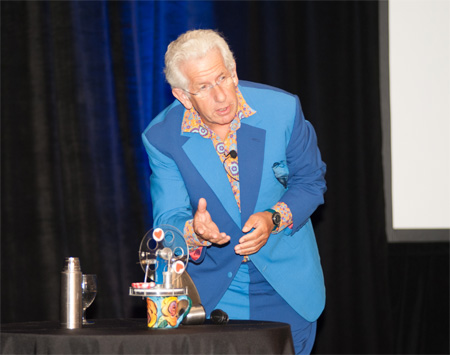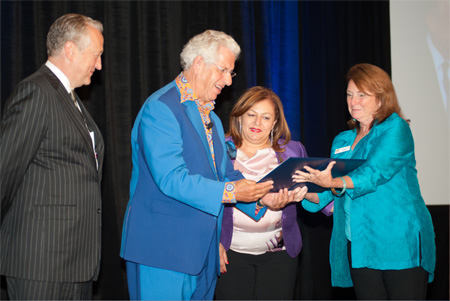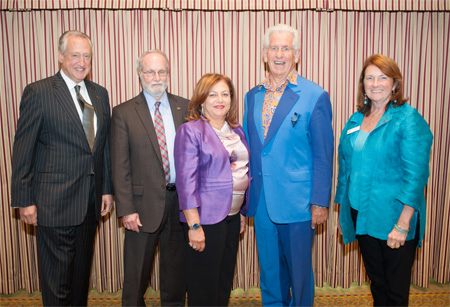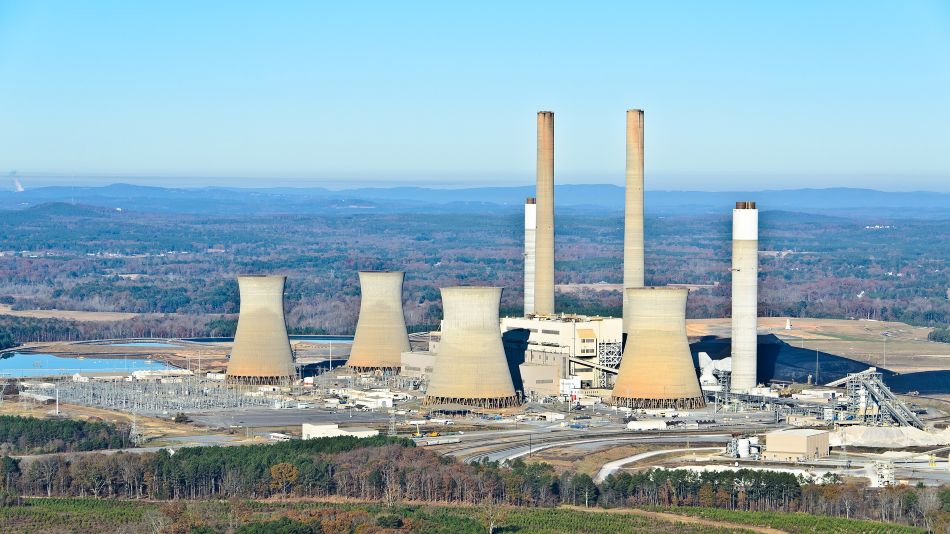Adam Hart-Davis Profiles Pioneers of British Engineering at Roe Luncheon
Adam Hart-Davis Profiles Pioneers of British Engineering at Roe Luncheon

At the Roe Luncheon during the ASME Annual Meeting earlier this month, Adam Hart-Davis, discussed the ground-breaking engineering contributions of a number of Great Britain’s engineering pioneers. During his lively talk, Dr. Hart-Davis, engaged the luncheon audience with colorful and enlightening tales about those British inventors whose creations changed the world for the better.
A well-known scientist, author, photographer, historian, and radio and television personality in the United Kingdom, Dr. Hart-Davis will receive the 2014 Ralph Coats Roe Medal at the ASME International Mechanical Engineering Congress and Exposition in Montreal this November. The Ralph Coats Roe Medal, established in 1972, recognizes outstanding contributions toward a better public understanding and appreciation of the engineer’s worth to contemporary society.
During his presentation, Hart-Davis discussed the work of seven great British engineers and inventors, among them Robert Stirling, the Scottish clergyman who patented a heat-powered engine in 1816; Thomas Newcomen, who built the world’s first useful steam engine in 1712; and James Watt, who 60 years later made improvements to the Newcomen steam engine that made it more efficient.

Hart-Davis’ talk also covered the contributions of John "Iron-Mad" Wilkinson, the inventor of a precision boring machine that enabled James Watt to make those enhancements; Isambard Kingdom Brunel, the English mechanical and civil engineer who built the Great Western Railway and the S.S. Great Britain and designed the Clifton Suspension Bridge; Sir George Cayley, who constructed the first heavier-than-air flying machine in the mid-1800s; and Henry Winstanley, the English painter and engineer who built the first lighthouse on the treacherous Eddystone Rocks reef off the coast of Plymouth, England.
During the question-and-answer session that followed the speech, ASME Executive Director Thomas Loughlin noted that there were no women in Hart-Davis’ list of British innovators. Acknowledging this lack of diversity, Hart-Davis observed, “In these early periods, basically the 18th and 19th centuries, women were not allowed to be educated. They were busy having children, and then of course they had to look after them. So the chance of them ever becoming serious scientists or engineers was extremely small.”

It’s still a challenge to draw women into the engineering profession, in both the United Kingdom and the United States, Hart-Davis said. Programs such ASME’s new in-class middle school course, INSPIRE, may help remedy that situation, however. The online course, which is funded through the ASME Foundation, is designed to build awareness and inspiration for engineering,
“I think your INSPIRE program is brilliant,” he said. “It looks really, really good, and you’re getting to the girls before they turn away. It seems to me the girls turn away at the age of 11, 12, 13. I don’t know why. Maybe they see physics and math as geeky, boy’s stuff. But there’s no reason they can’t be engineers. They’re brighter than boys. They work harder. They do better in exams. They’re quite good engineers, too.”




